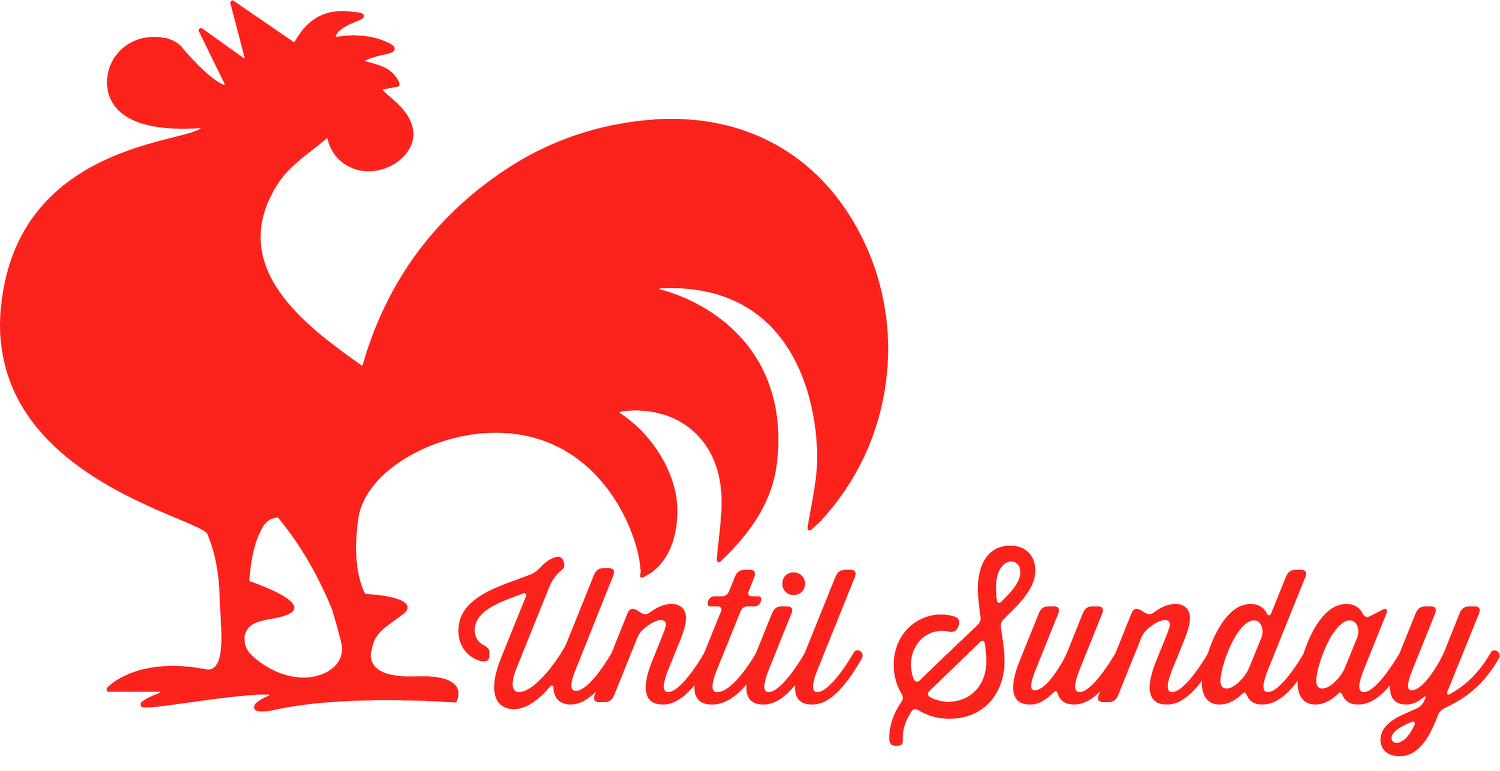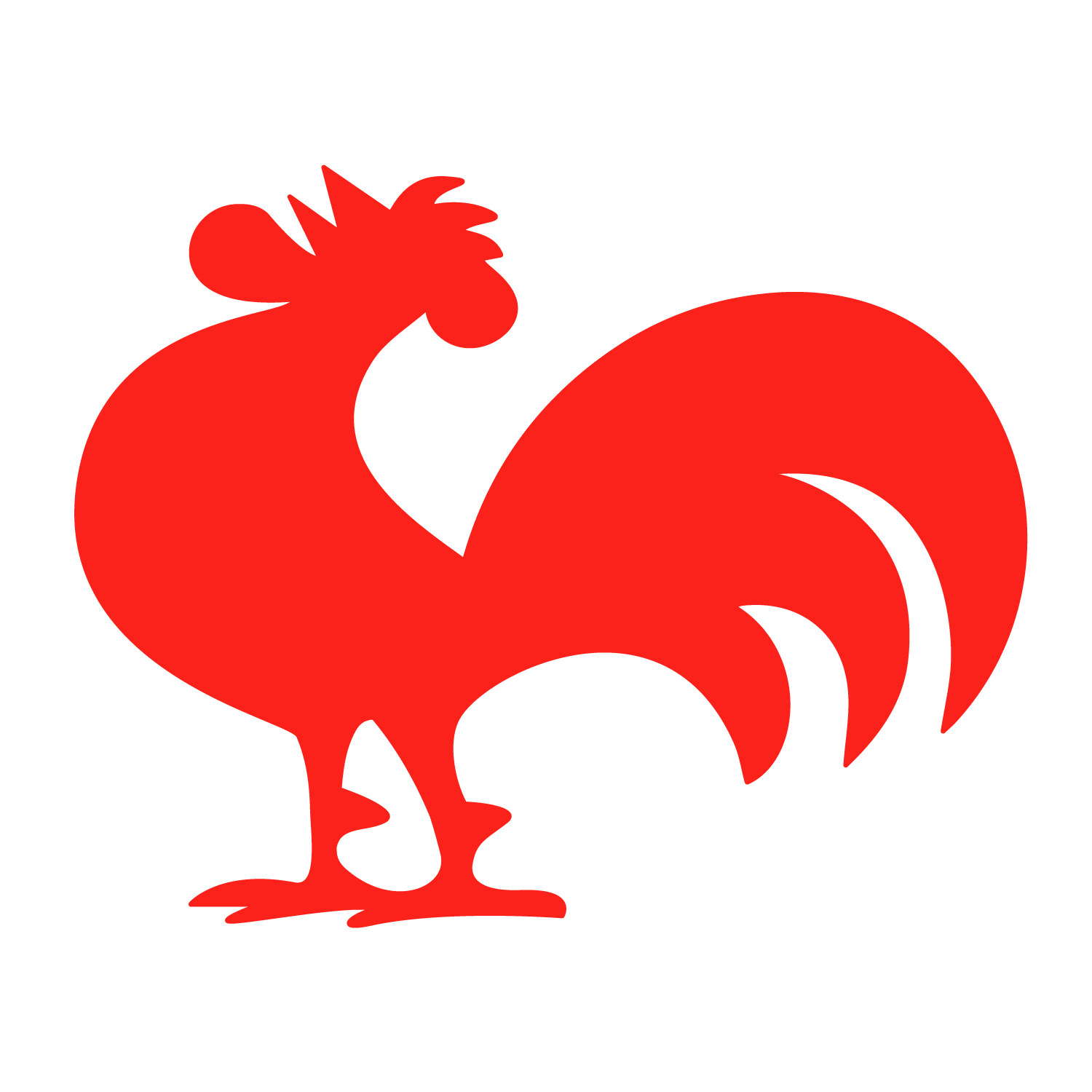#14. Create your Vision Board using the Power of Storytelling
In this issue, I will explain how you can use Donald Miller’s StoryBrand Framework to create a vision board that aligns with your goals, tackles key areas of your life, and inspires action. I create my vision board using this storytelling technique that I typically use to help my clients visualise their businesses. With creativity and adaptation, we can apply the same structure to envision our lives and the year to come.
#13. The Dollhouses of Frances Glessner Lee
Crime scenes are complicated, and so are the experiences we design for products. For this reason, the work Lee is a reminder that constant iteration, testing prototypes, gathering feedback, and refining continuously are the keys to creating an effective experience that helps the user achieve her purpose.
In this issue, I want to explore the importance of building scenarios for UX designers, and highlight essential lessons we can learn from the work of this incredible woman, who is often referred to as "the mother of forensic science."
#12. Become a Story Machine! Storytelling Books for Designers (Part I)
In this issue, I recommend several essential books for designers, each centered on a different area of design, yet all connected by the theme of storytelling. The goal is that you will soon become a Story Machine yourself!
#11. A survival kit for creative minds: three storytelling tools to inspire you!
While there are tons of informative articles about creativity just waiting to be Googled, I think we each have our own personal ways of staying creative. That said, I do have a ‘Survival Kit for Creativity’, so I will now share three tools that form part of this essential kit!
#10. Three reasons why you should adopt visual storytelling
In this issue, I want to delve deeper into visual storytelling, which is perhaps one of the most recognised aspects of my work. I will explain why and how you should start adopting this approach to enrich your digital products with a more engaging narrative, even if you are not an illustrator yourself!
#9. How One Thousand and One Nights can transform us into Ethical Storytellers
Stories have the power to transform their audience, which means it's important for us to tell them in a way that promotes a better and more equal world. So, I have used this particular section of The Story that Saved the Day to explain more about becoming an Ethical Storyteller. The emblematic book in question is One Thousand and One Nights.
#8. Storytelling with typography: Three lessons from the movie Elvis
Typography is a versatile and multi-faceted storytelling element worth every designer's attention. In this issue dedicated to the movie Elvis by Baz Luhrmann, I share three tips that we can learn and apply to our design projects.
#7. Using storytelling to research innovative ideas
Every product needs to stand the test of time and even very established companies operate in an ever-changing world that constantly needs innovative ideas. In this issue, I want to introduce two useful tools I use even before I open my sketch pad – the Research and the Sensemaking Map – that help me explore new ideas and create more authentic, future-focused products.
#6. Enhance your design workflow and decision-making with storytelling techniques.
Storytelling is a methodology that is not limited to writing. This is the focus of this issue — to teach and explore the storytelling methodology and offer you some helpful tools, so you can use it in different ways to enhance your design workflow.
#5. Mario: The plumber who changed gaming history
I recently read about the opening of the Nintendo Museum in Kyoto, and the story of how the game Donkey Kong and its character, Mario, saved Nintendo from bankruptcy. I found this fascinating and wanted to explore the idea further… not least because it contains some incredible lessons that we can all learn!
#4. Engage your audience with non-linear storytelling
According to Aristotle, storytelling is a straightforward sequence of cause and effect. His three-act structure underlines this narrative aspect.
However, artists and directors have worked in many different ways to create non-linear stories that hook the reader or viewer.
#3. The Hollywood Formula: How to Replicate Movie Sequel Success in Product Development
To innovate within an existing product and replicate its success across different features (or new products), we can draw inspiration from storytelling and from the way directors have created successful sequels.
#2. Three lessons from Andrew Stanton, American filmmaker and screenwriter
In his TED talk, Andrew Stanton shared a few clues to great storytelling (by telling us that storytelling is like a joke!) and slowly that you can apply to your next creative work.
#1. Design 360-degree experiences through storytelling
How to use storytelling to understand the good and bad points of existing experiences: not only to design new products but also to inform your design decisions and find opportunities for the existing ones.


